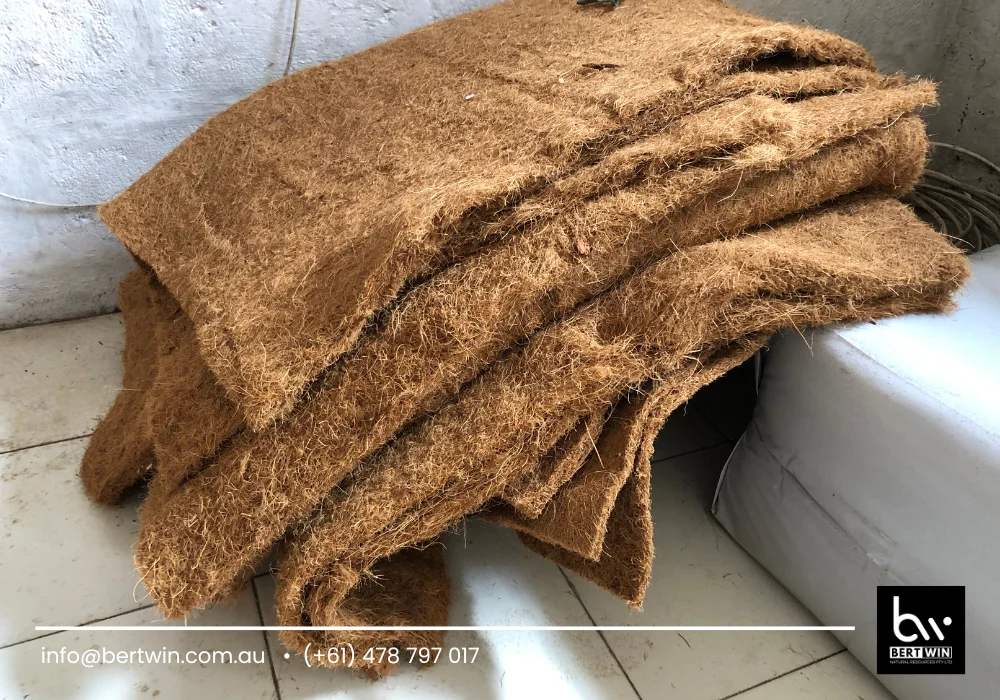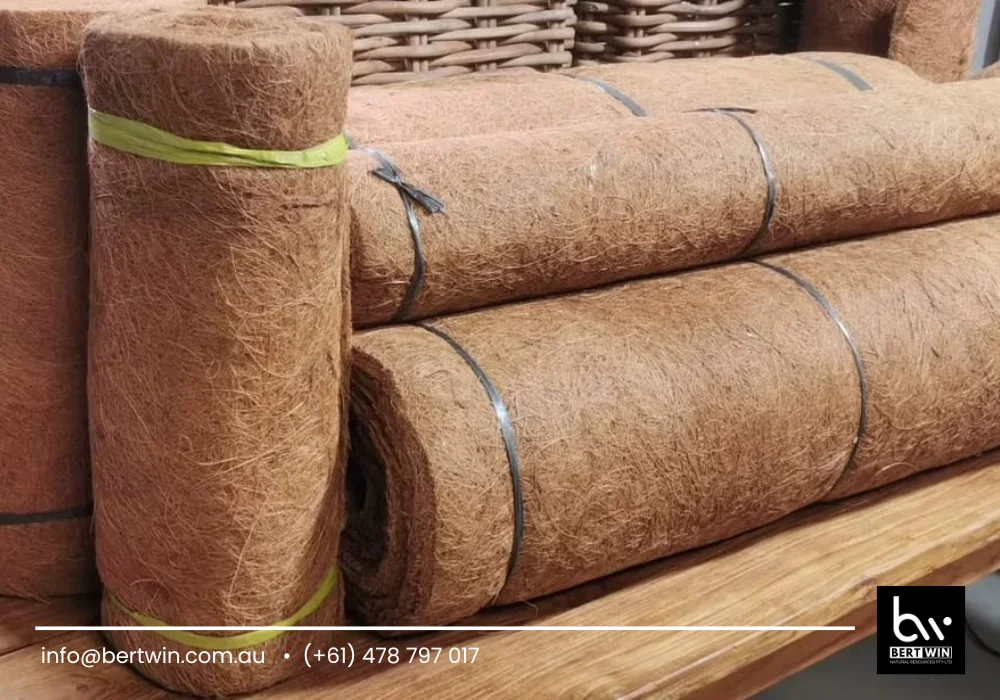The use of coir sheet for upholstery has gained increasing attention in the furniture and automotive industries due to its eco-friendly nature, durability, and excellent cushioning properties. Coir sheets, made from natural coconut fibers, offer a renewable alternative to synthetic foam and rubber, making them an ideal choice for sustainable manufacturing practices.

What Is a Coir Sheet for Upholstery?
A coir sheet for upholstery is a mat or pad created by compressing and binding coconut coir fibers—extracted from the husk of mature coconuts. These sheets are often treated with natural latex to enhance elasticity and bonding strength. The result is a flexible, breathable, and supportive material that can be used in furniture seats, mattresses, cushions, and even automotive interiors.
Thanks to the growing demand for green materials, coir sheet for upholstery has become a preferred option among manufacturers aiming to reduce their carbon footprint without compromising on quality or comfort.
Key Benefits of Using Coir Sheet for Upholstery
1. Eco-Friendly and Biodegradable
One of the standout features of coir sheet for upholstery is its environmental sustainability. Coir is a byproduct of the coconut industry, which means it utilizes waste that would otherwise go unused. Unlike petroleum-based foams, coir decomposes naturally, reducing waste pollution.
2. Excellent Air Circulation
Coir fibers are naturally hollow and arranged in a springy, mesh-like structure. This allows for excellent ventilation, which is especially beneficial in warm climates or for long hours of sitting. Upholstered products using coir sheets remain fresh and breathable over time.
3. Durable and Long-Lasting
The resilience of coconut fibers makes coir sheets highly durable. They retain their shape and firmness longer than many synthetic alternatives, even under constant pressure. This makes them perfect for high-traffic furniture and commercial seating.
4. Hypoallergenic and Pest-Resistant
Coir fibers are naturally resistant to mold, mildew, and dust mites. This makes coir sheet for upholstery a great option for those with allergies or sensitivities. They also resist bacterial growth, contributing to a healthier indoor environment.
5. Versatile Applications
Coir sheets are used in a wide range of upholstery projects:
- Sofas and lounge chairs
- Office chairs and ergonomic seating
- Car seats and door panels
- Cushions and mattresses
- Outdoor furniture
Their ability to be cut, shaped, and layered allows for flexibility in design and production.
How Coir Sheets Are Manufactured
The process of producing coir sheet for upholstery involves several eco-conscious steps:
- Fiber Extraction: Mature coconut husks are soaked, beaten, and combed to extract coir fibers.
- Drying and Cleaning: The fibers are dried and cleaned to remove impurities.
- Sheet Formation: Fibers are layered into mats and bonded using natural latex or heat pressing, depending on the application.
- Cutting and Finishing: Sheets are trimmed and shaped into the desired sizes, often tailored to the manufacturer’s needs.
This minimal-waste production process aligns with sustainable manufacturing goals while maintaining material integrity.
Comparison with Other Upholstery Materials

When compared to polyurethane foam or rubber padding, coir sheet for upholstery offers several competitive advantages:
- Sustainability: Coir is renewable, while foam and rubber are petroleum-derived.
- Ventilation: Coir allows air circulation, reducing heat buildup.
- Longevity: Coir maintains form over time without sagging.
- Health: Natural coir is free from harmful chemicals often found in synthetic padding.
However, coir sheets may feel firmer than foam, which is often addressed by combining them with softer layers like cotton or wool for enhanced comfort.
Maintenance and Care
Coir sheets are low-maintenance but benefit from simple care routines:
- Keep upholstery dry to avoid premature degradation.
- Use fabric covers to protect the coir from moisture and dirt.
- Air out cushions periodically to maintain freshness.
With proper care, coir-padded furniture can last for years without significant loss of performance.
Conclusion
The rise in environmentally conscious consumer choices has driven the adoption of coir sheet for upholstery in both domestic and industrial markets. With its combination of sustainability, resilience, and comfort, coir provides a natural alternative to conventional materials. Whether you’re an interior designer, furniture maker, or eco-aware consumer, coir sheets offer a smart solution for green upholstery.
For further information, you may contact WhatsApp at (+61) 478797017 or via email at info@bertwin.com.au. Our team will be happy to provide product specifications, sample requests, or guidance on custom applications for your upholstery needs.
